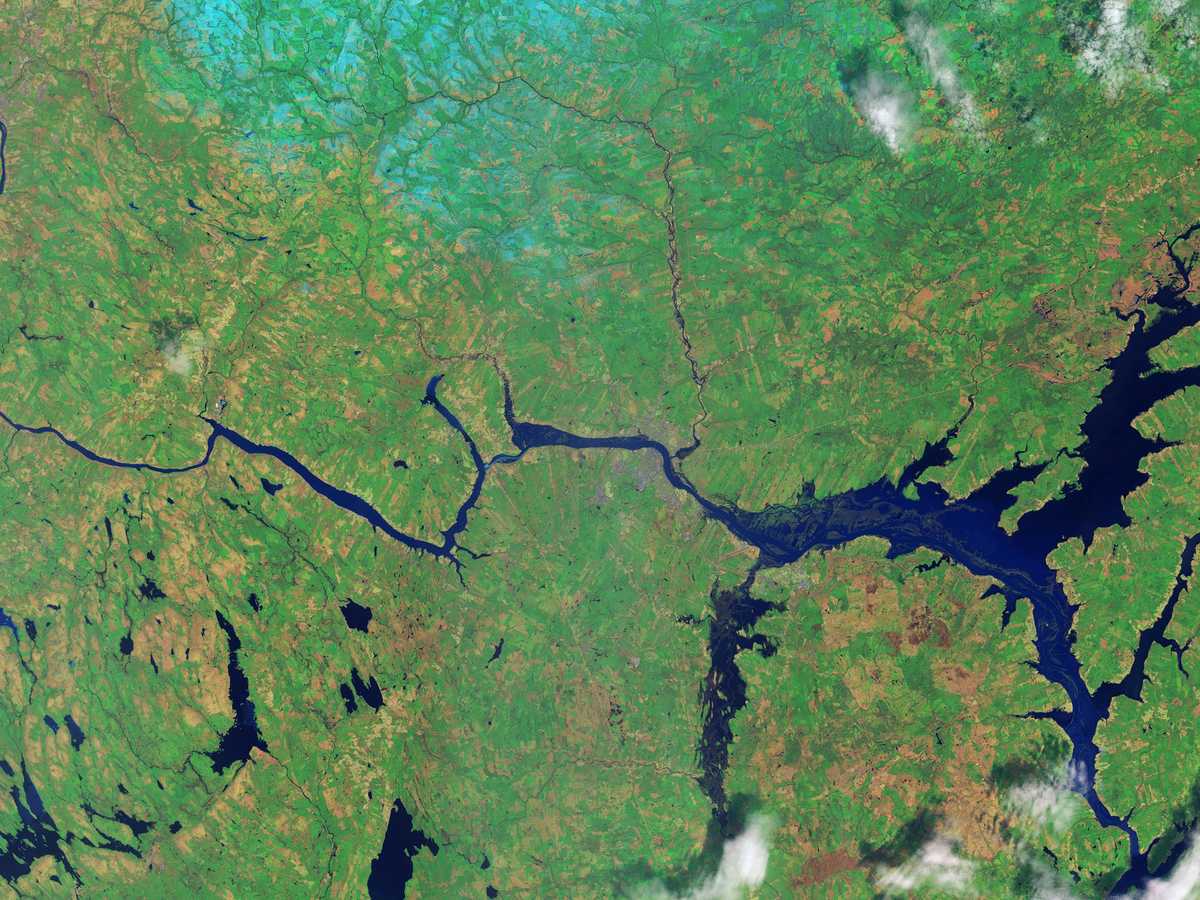National water quality guidelines provide a consistent basis for assessing water quality conditions for a designated water use – in this case for the protection of freshwater and marine aquatic life and wildlife. In Canada, there are additional water quality guidelines specific to drinking water, recreational use, and agricultural water use.
Water quality guidelines can be a useful tool in setting water quality objectives (or targets) to ensure that the concentration of various substances within the water, and the other physical and chemical characteristics of that water, do not have an adverse impact on the health of the fish, plants and other organisms that live there.
DataStream displays national guidelines for the protection of aquatic life that are published by both the Canadian Council of Ministers of the Environment (CCME) and the United States Environmental Protection Agency (US EPA). These guidelines provide recommended concentration levels for various physical, biological and chemical parameters.
